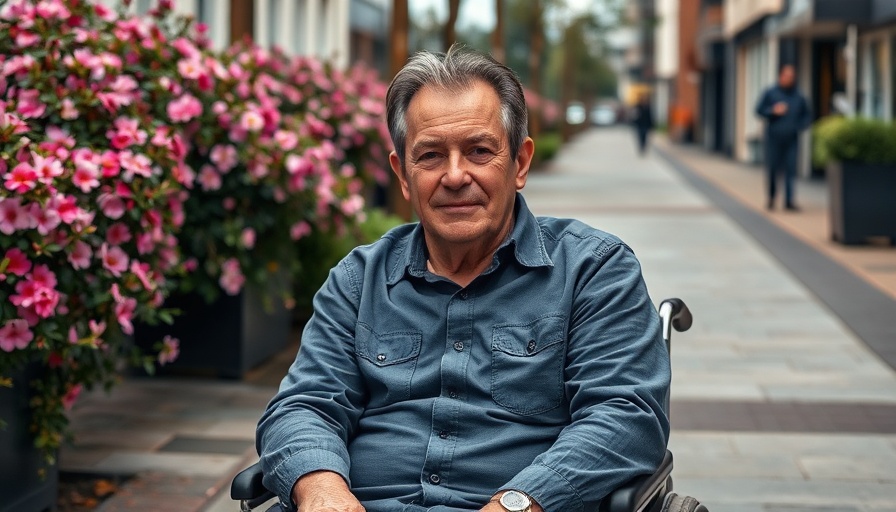
Los Angeles Embraces Harm Reduction Amid Rising Homelessness Challenges
In the bustling heart of Los Angeles, the Skid Row Care Campus stands as a testament to a radically different approach to drug addiction and homelessness. Unlike many cities across the nation, which have adopted tough measures against street living and substance use, Los Angeles is paving a new path with its emphasis on harm reduction strategies.
At the Care Campus, individuals who find themselves homeless are not just offered shelter but also a suite of essential services aimed at improving their quality of life. From clean needles and naloxone—a medication used to reverse opioid overdoses—to access to mental health professionals and addiction treatment, the campus embodies a compassionate approach to a very pressing issue. As a primary entry point to support systems in a traditionally downtrodden neighborhood, Skid Row is central in challenging the stigma often associated with homelessness and addiction.
Understanding Harm Reduction: A New Strategy in Crisis Management
Harm reduction has become a preferred method for addressing drug use within marginalized communities, particularly in areas with high rates of homelessness. The strategy focuses on minimizing the negative consequences associated with drug use, recognizing that while not every individual may be ready to quit using substances, there are ways to ensure their safety. By enabling safer drug use, advocates suggest that a healthier community is created, which in turn can lead to better outcomes for individuals seeking treatment.
Evidence has suggested that such strategies result in lower rates of infectious diseases and overdose deaths, contributing positively to public health. These shared spaces, where resources are accessible, have shown effectiveness in facilitating connections to longer-term services. Studies reflect a significant decline in fatal overdoses as cities like Los Angeles invest in harm reduction rather than punitive measures.
The Role of Policy and Public Perception in Harm Reduction
Despite the positive outcomes tied to harm reduction, policy adoption is not universally embraced. Political leaders, including California's Governor Gavin Newsom, face pressure to align with constituents who often express skepticism toward programs seen as condoning drug use. In fact, a national poll indicated mixed feelings across political parties regarding harm reduction tactics, including supervised consumption sites and needle exchanges.
The disparity between public opinion and expert consensus raises questions about how best to address these pressing social issues. Advocates argue that effective communication about the successes of harm reduction can help shift public perception and open doors to greater support for such initiatives.
Emotional Narratives Amid Staggering Statistics
Personal stories, like that of Anthony Willis—who shares his life on Skid Row while grappling with alcohol and crack addiction—underscore the urgency for more empathetic policies. As societal stigma looms, Willis and many like him find solace in the supportive environment of the Care Campus. He represents the thousands who navigate life on the streets, attempting to access the resources offered by these innovative care strategies.
This emotional narrative highlights a deeper human connection to what might seem like abstract statistics. With Los Angeles County's homeless population around 75,000, the need for urgent change is palpable. Harm reduction not only saves lives but also ignites hope for a brighter future for many individuals caught in a tight cycle of addiction and homelessness.
The Future of Harm Reduction and Public Welfare
Looking ahead, the transition to increased acceptance of harm reduction policies appears inevitable. Cities nationwide may take cues from Los Angeles as they confront their homelessness crises. The pressing question remains—can we reframe addiction and homelessness as health issues rather than crime issues, thus paving the way for a broader implementation of harm reduction strategies?
As the societal landscape evolves, the narrative of individuals like Anthony Willis will be pivotal in shaping future policies that value human dignity over punitive approaches. In this transformative moment, it is essential for business leaders, policymakers, and communities to engage in meaningful discussions about how best to support those in dire need.
Conclusion: Why Should You Care?
As a professional in today's fast-paced business environment, the ramifications of societal health issues extend beyond social responsibility; they intersect with economic stability and workforce wellness. Engaging with the narrative surrounding harm reduction offers valuable insights into emerging challenges that could affect your industry, shedding light on the interconnectedness of social issues and business sustainability. As you explore the implications, consider how your organization can participate in meaningful change.
 Add Row
Add Row  Add
Add 




 Add Row
Add Row  Add
Add 

Write A Comment